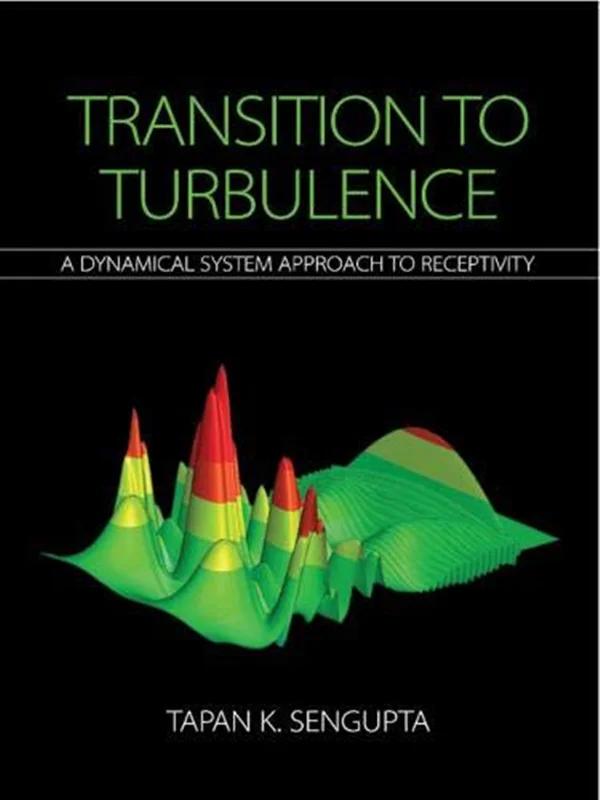دانلود کتاب انتقال به آشفتگی: رویکرد سیستم دینامیکی به قدرت پذیرش
Transition to Turbulence: A Dynamical System Approach to Receptivity | Tapan K. Sengupta | ISBN: 1108490417, 978-1108490412, B09GL1R6CR
سال انتشار: 2021
تعداد صفحات: 643
زبان فایل: انگلیسی
فرمت فایل: pdf
حجم فایل: 207MB
ناشر: Cambridge University Press
Despite its many applications across several disciplines, transition to turbulence has not been completely understood, as it ought to be in a rigorous manner. Though some researchers have suggested alternative models, a first Principle-Based approach of receptivity is the route to building bridges among ideas of solving the navier-stokes equation for some canonical problems. This book highlights the mathematical Physics behind transition. It is a perfect blend of classic concepts with newer ideas, that distinguishes different dynamics of flows, spectra of the disturbances and methods to decipher coherent structures amidst the seemingly random and chaotic fluid dynamics of transitional and turbulent flows. The analysis methods described will be invaluable to practitioners and researchers alike in classical Physics, Mathematics, Geophysics, and mechanical, chemical, aerospace and Civil Engineering. features modal/eigenvalue analysis has been replaced by a unified dynamical system theory to describe receptivity, instability and bifurcations as nonlinear dynamical theory. Causality has been established by receptivity that explains transition in true spatio-temporal framework, and not by either spatial or temporal framework. Role of unsteady pressure gradient in causing transition is shown by modal/ non-modal theory based on linear and nonlinear navier-stokes equation for free stream excitation. Analysis of mixed Convection flows shows new routes of receptivity and transition, not done before. New theorems are enunciated for such routes. Also, highlights importance of direct numerical simulation. Detailed Analysis of baroclinic instability related to rayleigh-taylor instability by direct numerical simulation without boussinesq assumption is provided for the first time. The role of bulk viscosity is also highlighted.

